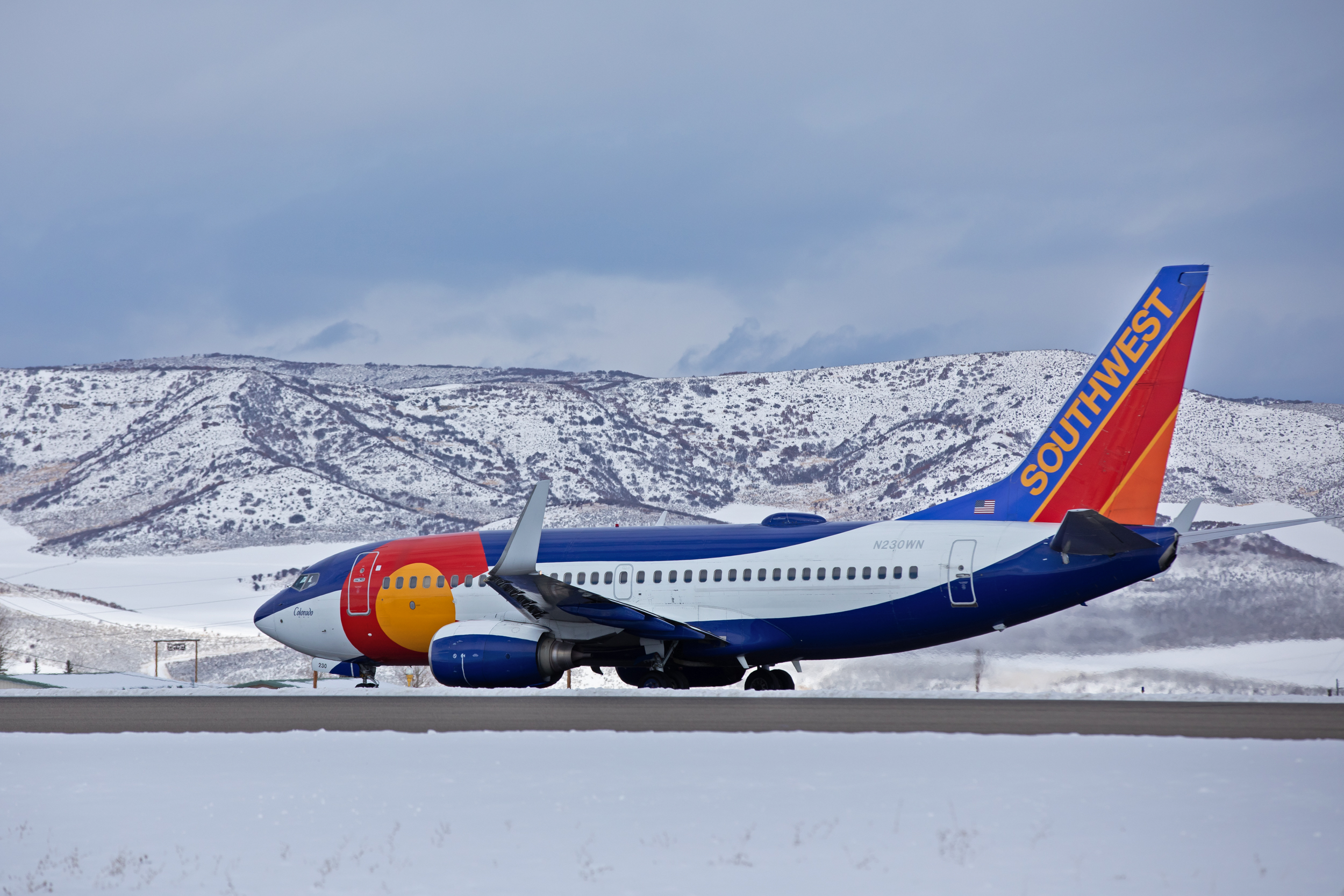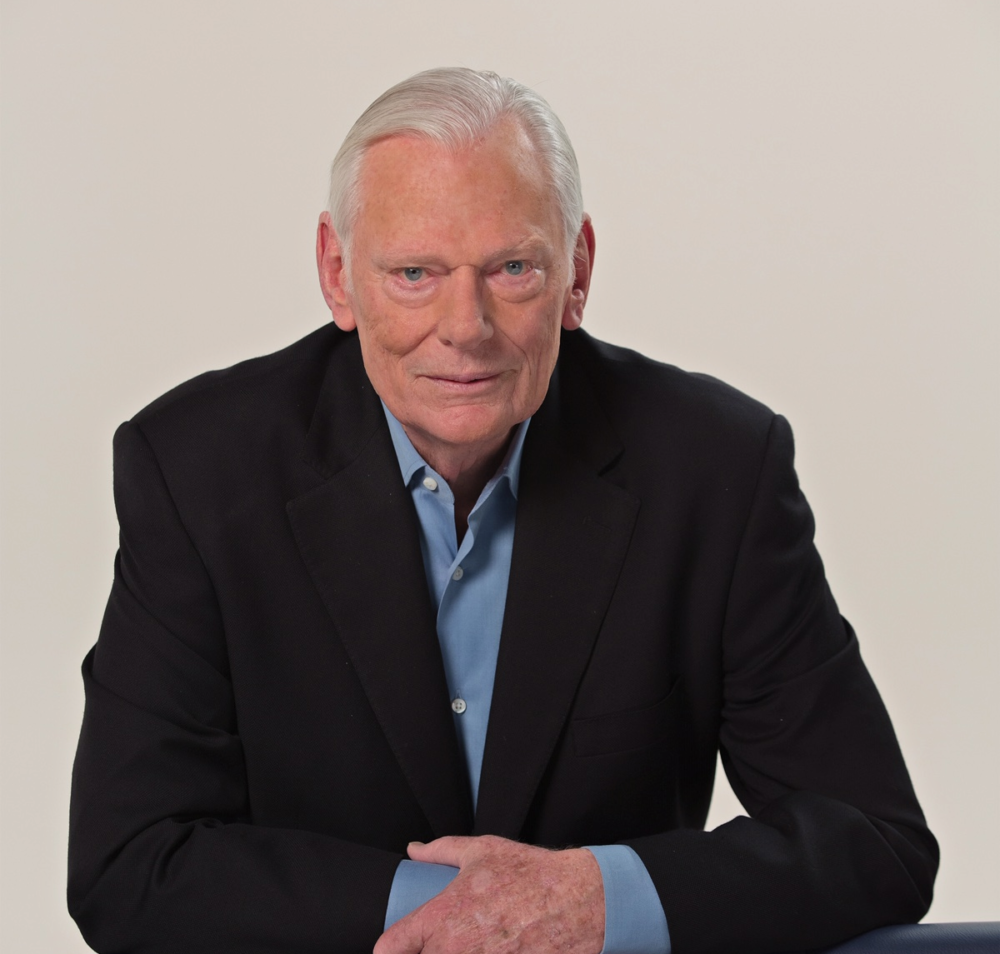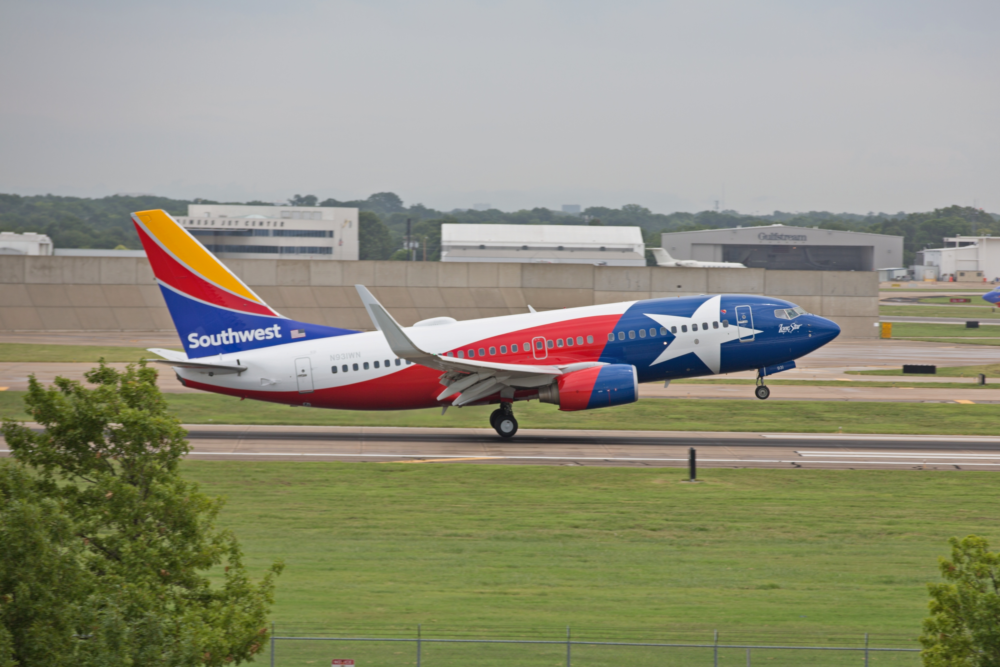One of the world's best known low-cost airlines is marking a big milestone this year. Southwest Airlines is turning 50 in 2021. Like anyone dealing with the idea of turning 50, you can either ignore it and hope it will go away or make the best of it. Southwest Airlines looks like it will own its 50 years and wear it proudly - as it should.
Stay informed: Sign up for our daily aviation news digest.
The famous Southwest cocktail napkin
Like all the best business plans, the initial idea for Southwest Airlines was allegedly mapped out in 1967 on the back of a cocktail napkin in a hotel bar in San Antonio. It's not certain how true this story is, but it's a good tale and one Southwest's current CEO, Gary Kelly, likes to tell. In any case, you'd rather be born on a cocktail napkin than a McKinsey spreadsheet.
The men in the bar were Herb Kelleher and Rollin King. Herb Kelleher was a larger than life personality who reportedly lived on four hours of sleep a night, cigarettes, and Wild Turkey. He remained involved with Southwest Airlines until he died in 2019.
Rollin King worked in the investment industry when he hooked up with Herb Kelleher. Kelleher's exuberant personality frequently overshadowed Mr King. However, Rollin went on to work at Southwest Airlines until 2006. He died in 2014.
Southwest's startup upset the established airlines
In the early 1970s, the United States Government tightly controlled where and when airlines flew via the Civil Aeronautics Board (CAB). But the CAB's heavy-handed regulation only extended to interstate airline routes. For the first few years of operations, Southwest Airlines dodged the CAB by only flying routes within Texas.
The business plan cooked up by Herb Kelleher and Rollin King may have escaped CAB regulation. But the proposed competition got the attention of existing airlines in Texas. The established players didn't appreciate Southwest's idea of undercutting their fares and launched legal action to prevent Southwest Airlines from flying.
It wasn't until 1971 that Southwest Airlines dealt with that and began flying four Boeing 737-200s between Dallas Love Field and Houston and Dallas Love Field and San Antonio. Southwest Airlines has pretty much stuck with the Boeing 737s ever since.
The fabled ten-minute turnaround
It wasn't all smooth flying. The following year, the startup airline lost $1.6 million and had to sell one of its Boeings. But Southwest's schedules needed four planes. As a result, the airline came up with the ten-minute turnaround. As the term implies, the plane was at the gate for ten minutes, during which passengers were offloaded and a new batch loaded. The crews were said to have worked like demons in those ten minutes.
Southwest aircraft stay on the ground for longer these days. But the ten-minute turnaround was classic Southwest Airlines. It cut costs, kept aircraft in the air, kept up frequencies, and generated revenue. The fast turnaround is now a staple of the low-cost airline operating model everywhere.
Deregulation of the airline industry in 1979 facilitated Southwest's expansion outside Texas. The CAB was redundant. Airlines didn't need to ask permission to fly to interstate destinations and could set their own fares. Deregulation saw Southwest begin to fly to neighboring states. By the 1990s, Southwest Airlines was flying to cities on both the United States' east and west coasts. In the last ten years, Southwest Airlines began to fly to neighboring Caribbean countries.
This year, Southwest Airlines turns 50. For any airline, that's quite a feat. The airline now operates over 700 Boeing 737s to more than 100 destinations in the United States and around the region. In 2019, Southwest Airlines flew over 134 million passengers and employed more than 60,000 people. Southwest Airlines has come a long way from an idea on a cocktail napkin.



